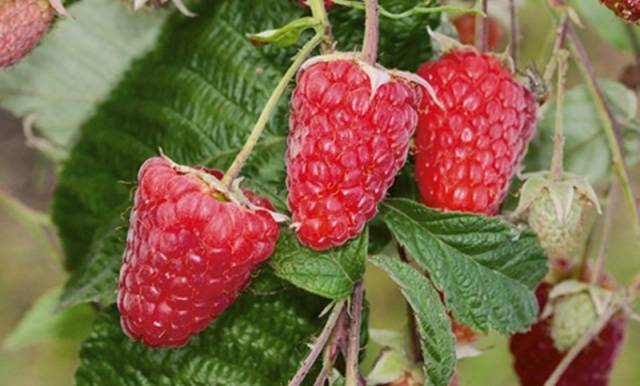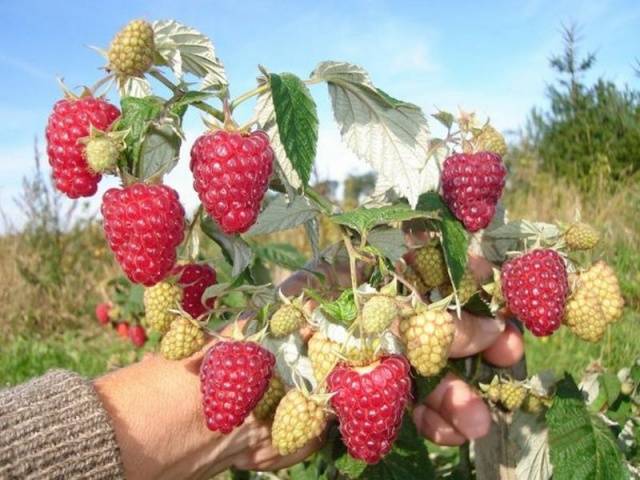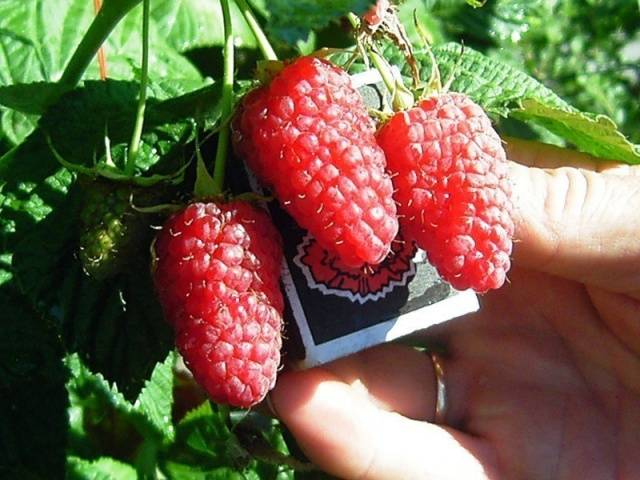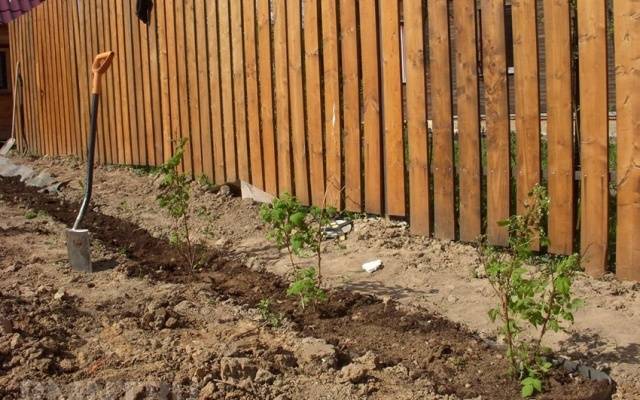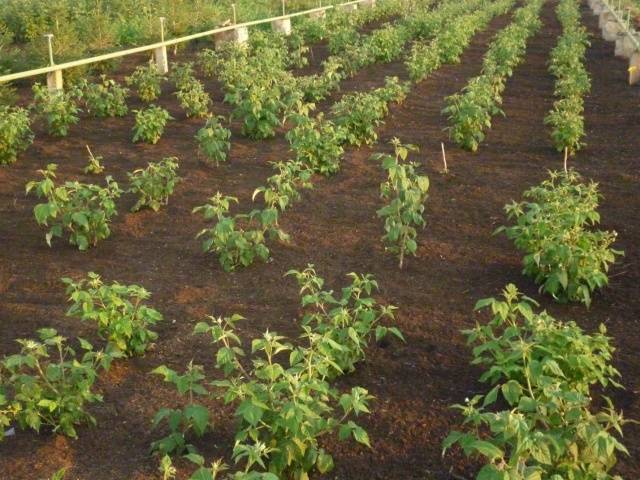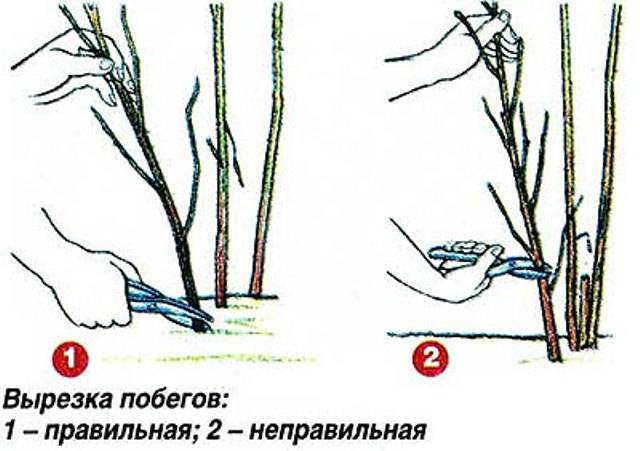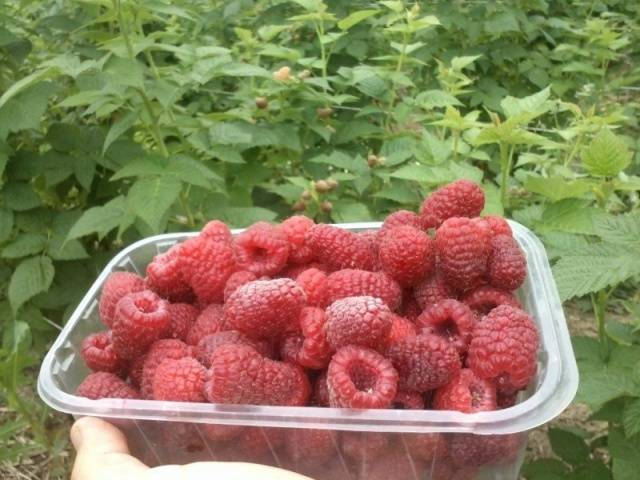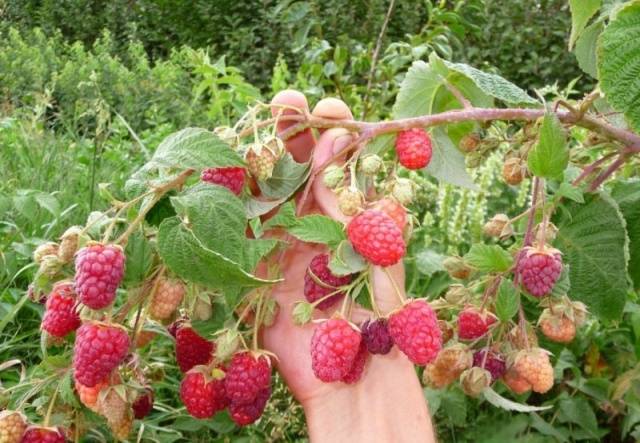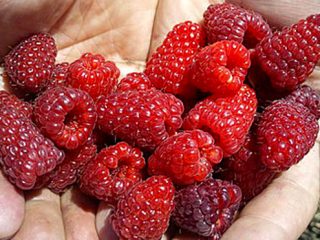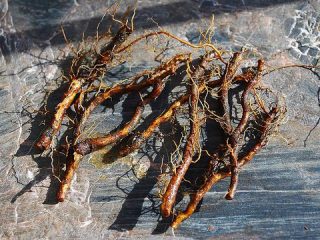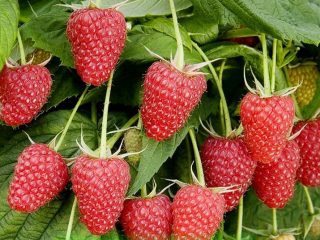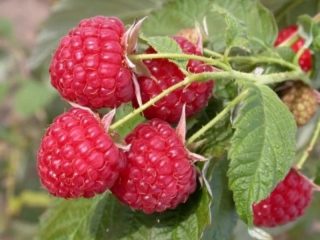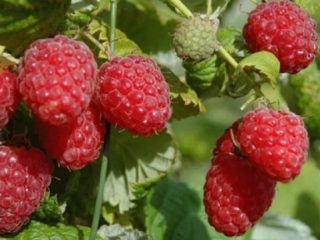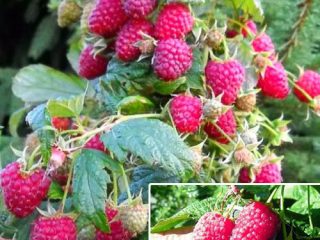Content
The variety of raspberry varieties produced in recent years is impressive. Now remontant varieties have appeared, capable of producing either several small waves of fruiting several times a year or blooming and bearing fruit abundantly, starting from the second half of summer and right up to frost. Among the latter, the Bryansk miracle raspberry is always loved by summer residents and gardeners. Initially, one gets the feeling that this raspberry variety has no shortcomings at all, it is so good in many respects. Of course, this is not so, there will always be shortcomings, but the number of its advantages clearly outweighs the scales. It is not for nothing that the Bryansk Miracle variety is equally popular among both amateur gardeners and professionals involved in commercial raspberry cultivation.
History of the variety
When, at the end of the last century, remontant raspberry varieties began to actively emerge and be introduced into life, the idea arose that it was possible to create a variety that would satisfy almost all the characteristics of an ideal raspberry, adapted to the climatic conditions of the central regions of Russia. The so-called ideal model included 30 main features.
And already in 2001 in the Bryansk region, on the basis of a breeding station, checking with the parameters of this model, as a result of free pollination of the interspecific form number 47-18-4, a variety of remontant raspberry was obtained, which was called Bryansk Divo.
After numerous tests, already in 2006, the raspberry variety Bryanskoe Divo was registered in the State Register and patent No. 3940 was received for it by the All-Russian Selection-Technological Institute of Horticulture and Nursery.
Description of the variety
Despite the fact that usually remontant raspberry varieties are not large in size, the bushes of the Bryansk Diva are powerful and tall. At the same time, they spread slightly in different directions, which is quite convenient for harvesting. Raspberry bushes can reach 1.8-2 meters in height, with an average number of shoots being formed - about 7-8. Thanks to these characteristics, the bushes of the Bryanskoe Divo variety do not need special garter, but if hurricane winds and heavy rainfall are common in your area, it is still better to grow raspberries on trellises.
At the beginning of the growing season, powerful raspberry shoots have a weak anthocyanin tint, but by autumn it becomes more saturated. They are characterized by a medium waxy coating and weak pubescence. Raspberry shoots are covered along their entire length with a small number of rather soft green thorns. In this case, the side branches with fruits do not have thorns.
Raspberry leaves are quite large, slightly wrinkled, slightly rough, their back side is slightly pubescent and whitish in color. There are small teeth along the edge of the leaves.
Raspberry flowers are white and about 10 mm in size, located in racemose inflorescences in the axils of the leaves and on the tips of the shoots. They are very useful in themselves, as they contain vitamin C, organic acids and tannins.
Bryansk miracle is a remontant raspberry with fruiting mainly on one-year-old shoots. It begins to ripen in the southern regions from the end of July or August and the berries are formed right up to the frosts at the end of October. A distinctive feature of the variety is the appearance of berries along the entire length of the shoots, from the very tops to the ground.
The berries of this raspberry variety ripen very gradually, but even in the northern regions about 70-90% of the harvest has time to ripen. Ripening berries can withstand short-term frosts down to -3° without much harm. If you particularly wish, you can even extend the ripening of raspberries by covering raspberry bushes with berries with lutrasil, especially if the weather forecast promises warm, sunny days after frost.
The yield of the Bryanskoye Divo raspberry is quite at the level of world standards. From one hectare of plantings you can harvest 14-17 tons of raspberries, which is about 3-3.5 kg of berries from one bush.
Resistance to most diseases is average, at the level of most of the most common raspberry varieties. Therefore, in rainy and damp summers, all leaves may be covered with spots from fungal infections. But due to its remontant nature, before winter all shoots with leaves from the bushes will be cut off at ground level and burned, which will prevent further spread of diseases.
The heat and drought resistance of this raspberry variety are at an average level. In the southern regions, it is advisable to use drip irrigation to keep the soil of raspberry plantations moist, and also to mulch all plantings with a variety of organic matter: straw, peat, leaves, decomposing sawdust.
Characteristics of berries
The Bryansk Wonder raspberry berries constitute its main pride, and it can hardly be otherwise, because raspberries are grown primarily for the sake of the berries. They are simply large and very large.
The average weight of the berry is 5-7 grams, although specimens reaching 10-11 grams are often found. At the same time, the berries often reach 3 cm in length.
In the video below, you can see in detail the shape and size of raspberries of the Bryanskoye Divo variety, and at the same time evaluate its yield:
The color of raspberries is light red and has a slight shine. The collected berries are distinguished by their even shape and beauty. When describing the shape of the berries, one cannot help but recall the spindle, they are so reminiscent of this ancient object. In general, the berries are dense and juicy and store well. For at least several days after harvesting, the berries will remain intact and will not leak.
The pulp of the berries is tender, has a rich sweetish taste with slight sourness and a subtle raspberry aroma. The berries contain 5.6% sugar, 1.76% acid and 44.6 mg of vitamin C. Experts rate the appearance of the berries as 5 points, and their taste as 4 points.
Due to their good density, raspberries of this variety tolerate transportation and storage well, and are therefore recommended for industrial cultivation and sales.
Raspberries are universally used - equally good both fresh and as a raw material for various preparations for the winter.
Planting and care
Caring for raspberries of the Bryanskoye Divo variety is not difficult; the shrub is quite unpretentious to growing conditions, provided that the location is chosen correctly and watering is provided during the summer season.
Listed below are the main nuances that you should pay attention to when planting raspberries of this variety, since such plantings of remontant raspberries can last you 10-15 years.
- Raspberries can be planted both in spring and autumn, but for remontant raspberries it would be preferable to plant them in the fall. Since in the spring, remontant raspberries wake up and begin to grow very early, which means there is a possibility of damage to the awakening buds and roots during planting.
- It is important to plant raspberries at low air temperatures, no higher than +10°+11°C, so that the root system of the seedlings does not have time to dry out during the planting process.
- For planting, you need to choose a sunny area with deep groundwater and loose, fertile soils with a slightly acidic reaction. However, in the southern regions, perhaps the best option for growing these raspberries would be an area in partial shade, or at least provide them with protection from the scorching sun on the hottest days.
- When planting raspberries, completely free the intended area from weed, especially perennials with creeping roots, such as wheatgrass and nettles.
- Raspberries are usually planted in a strip method, leaving a distance between plants in a row of at least 1 meter, and making row spacing 1.5-2 meters wide to make it easier to care for the bushes.
- Although it does not specifically need supports, they will create better ventilation of the bushes, which will help prevent fungal diseases.
When rationing in the spring, usually 4-6 of the strongest shoots are left, the rest can be used for propagation of the variety. If you plan to grow raspberries using intensive fertilizing, then you can leave 7-10 shoots.
In the fall, after fruiting has ended, all raspberry shoots of this variety must be cut back to the very roots. It is important not to leave the slightest stump, since the root system may freeze through it during severe frosts after a thaw. In addition, the stumps continue their vital activity even during the dormant period, sucking the strength from the mother root, and it cannot use it to form new shoots.
Reviews from amateur gardeners
Raspberry Bryansk miracle, the description of the variety and photo of which you could see above, evokes mostly only positive reviews. This is not surprising, since this raspberry variety has virtually no obvious disadvantages. After all, you still can’t please everyone, and, as you know, you won’t find comrades based on taste and color. But the most interesting thing is that in none of the reviews from gardeners there is a negative mention of any characteristics inherent in the variety. But there is only an ambiguous assessment of taste, which can be very subjective.
Conclusion
An amazing berry - raspberry, and tasty, and productive, and so healthy that every family must have a jar of raspberry jam in case of a cold.And now you can enjoy it when planting various varieties from June until frost.
